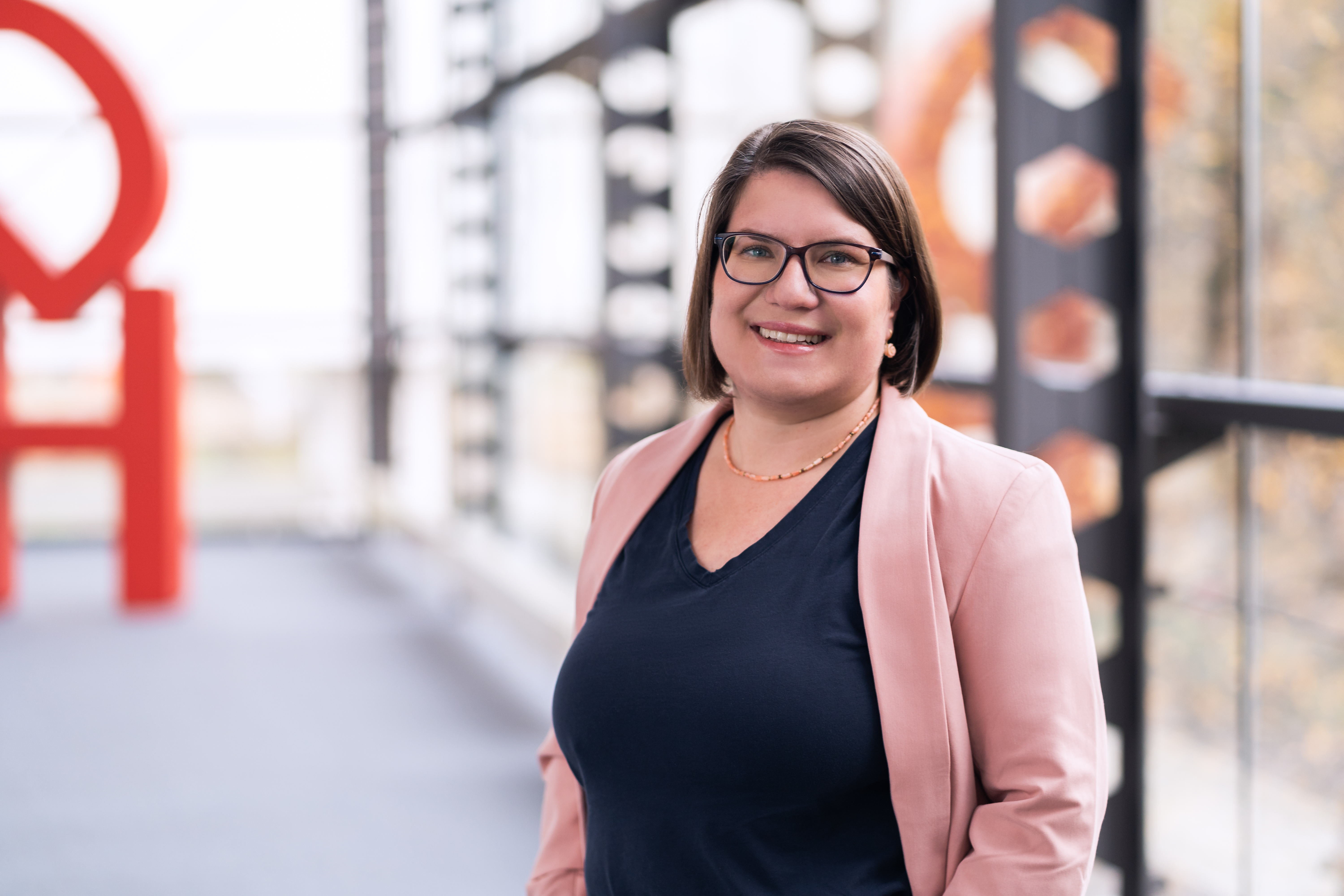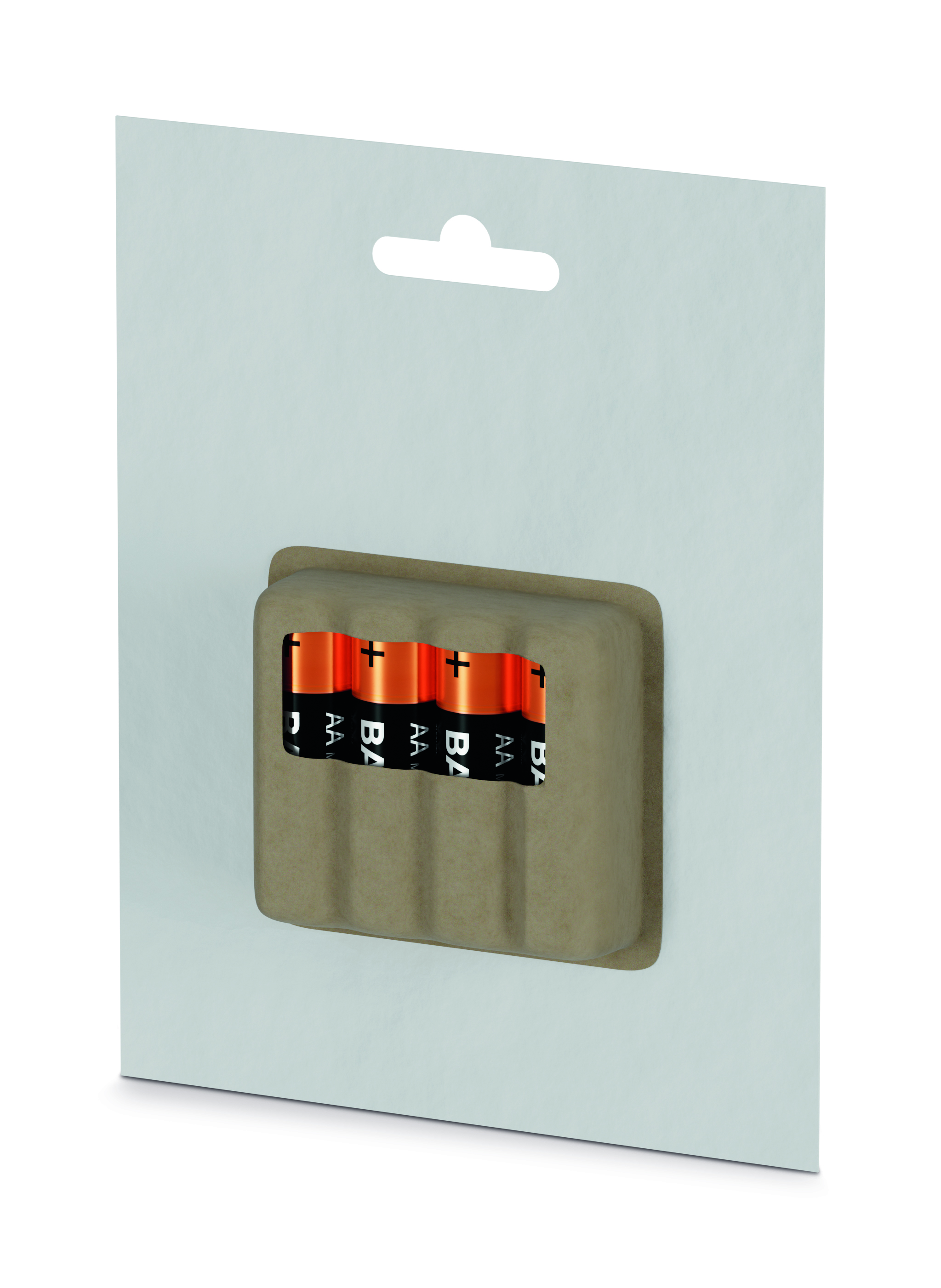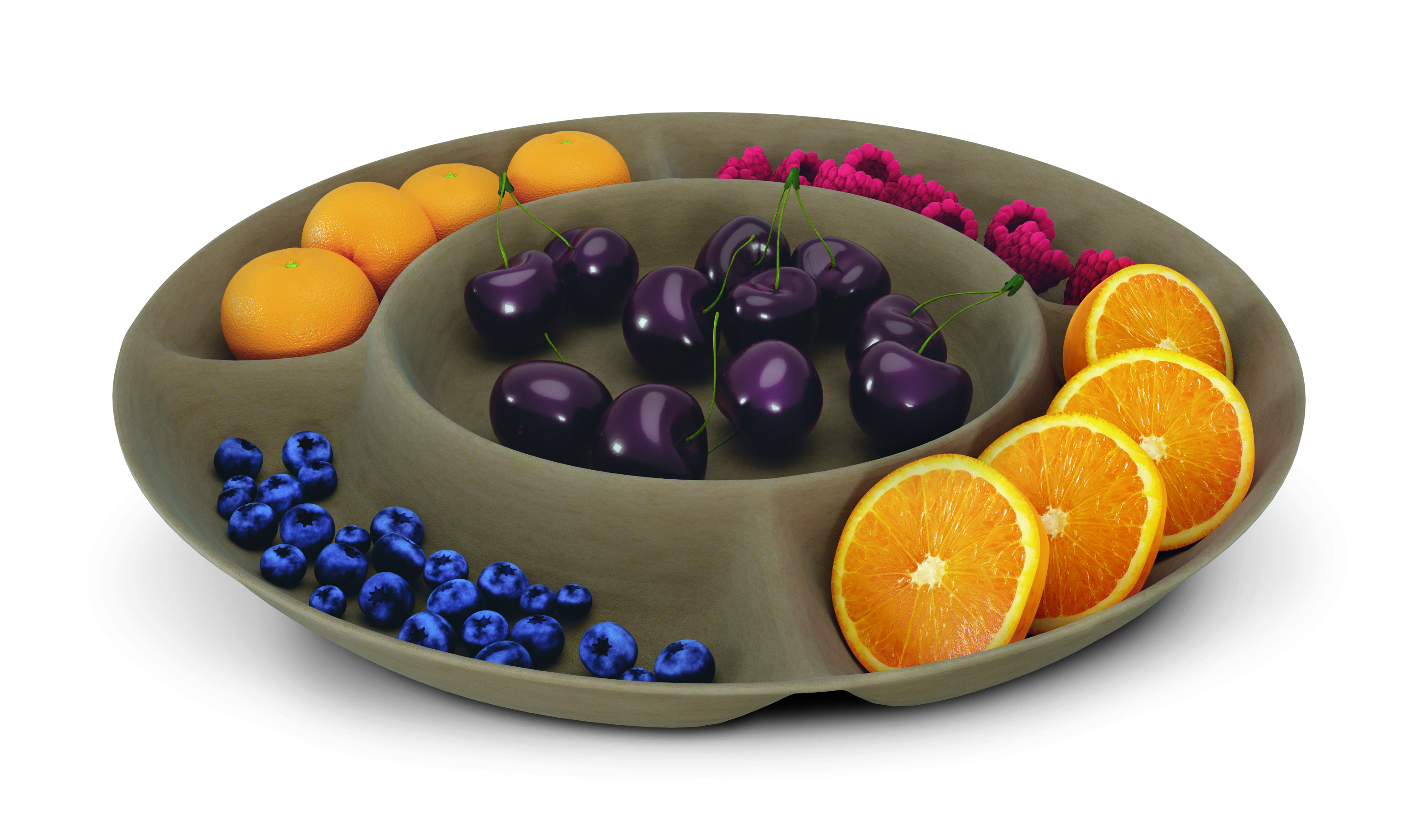Main navigation
Paper instead of plastic: sustainable packaging with a good conscience
Replacing plastic – for example in packaging – is not that easy but nevertheless urgently needed. In the 3D-Thermocell project, researchers at DHBW Karlsruhe are currently developing new plastic substitute products made of thermoformable paper as a renewable resource, which should be cheap and light and easy to dispose of along with waste paper. The characterisation and application of demonstration models will start soon.
Demand for plastics is never-ending: around 21 million tonnes were produced in Germany in 2021, largely for packaging. More sustainable alternatives to fossil raw materials involving recycled or residual materials are already available in various forms. However, in the same year, almost 85 percent of plastic packaging was still produced from fossil raw materials.1) There is no doubt this needs to change. The question is, how? Traditional plastic products still have advantages over their environmentally friendly counterparts that make them necessary for specific applications. For example, for packaging materials plastics are comparatively cheap, weigh less, act as effective barriers against moisture and oxygen and can be transformed into different shapes when heated (thermoplastic formability).
New, sustainable business field using existing plants

Paper would be a desirable material because it is extremely environmentally friendly. It can be made from one hundred percent renewable raw materials, is as light as plastic or even lighter, equally cheap and fully recyclable after simple disposal along with other paper waste. However, since the softening temperature of cellulose fibres is higher than their decomposition temperature, paper breaks when attempts are made to shape it to suit specific application requirements, e.g. packaging trays for food or as outer and transport packaging for sensitive objects such as glass. This is why paper packaging is only used when its shape can be mechanically adapted, for example by folding or pressing it into boxes, bags or plates.
Until now - because researchers at the Baden-Württemberg Cooperative State University (DHBW) in Karlsruhe are working with other partners from research and industry in the 3D-Thermocell project to try and produce packaging from thermoformable paper materials on machines that are already used in the plastics processing industry. "Thermoforming in itself is a widespread technology in many small to medium-sized companies," explains Monika Korbmann, who is in charge of the project at DHBW. "It therefore made sense for us to take this into account when looking for materials from renewable sources and exploring a new business area where paper can be used. After all, the pressing techniques are well established and we also wanted to leave the thermoforming equipment unchanged. The challenge was therefore to develop materials suitable for available techniques and equipment."
Three options for producing thermoformable paper

The researchers have been successful. After just two years’ work on the project, the 3D-Thermocell team now has three technologies to hand that can be used to process paper material into thermoformed products in the same way as plastics. "Until now, these processes have not worked with paper for the simple reason that it has not been possible to make paper plastic and malleable by applying heat. Quite the contrary happens – paper becomes brittle and is destroyed," Korbmann reports. "Therefore, our initial idea was to soften the paper by spraying it with water-soluble compounds and thus make it more stretchable." The researchers experimented with a whole range of water-soluble compounds, such as chitosan, gelatine and agar agar. The additives actually made the paper heatable and malleable. Using chitosan proved to be the most practical solution; it is one of the most common natural biopolymers, is obtained from crab shells, and is also a waste material that accumulates in large quantities worldwide.
In a second approach, the researchers tested a paper material made from bioplastics such as PLA (polylactide), which is made from corn starch and lactic acid plus cellulose fibres. This material proved to have good thermoforming properties when heated, even without the addition of moisture. The third idea was to achieve good thermoformability by incorporating as many paper fibres as possible into a bioplastic.
Application imminent - waiting for the prototypes

To date, all three approaches have proved so practicable that they are all being pursued equally. "Ultimately, there may be specific applications for each of our ideas and it will be possible to use them all," says the expert. "Or maybe it will make sense to combine the different methods. Our development work is not yet finished. But we believe that we will in any case end up with two solutions for a recyclable, sustainable product as defined by a circular economy."
Many practical applications can be envisaged for the new material. In the food sector as inserts or trays, for example for chocolates, fruit and vegetables, in the non-food sector for packaging technical components or cosmetics, or in the automotive sector. "Everything is conceivable," says Korbmann.
The researchers are also planning experiments with recycled paper. They have purchased the fibres they needed and produced a new type of paper in the DHBW’s institute in Gernsbach. "Recycled paper cannot be clearly characterised, so the technology itself had to be in place first. But characterisation of the paper is the next step on our agenda," Korbmann reports.
In addition, all possible routes towards concrete applications are being examined. Market analyses have been carried out and product drafts made. Currently, the team is creating the demonstration models: "These demonstration models are real visual examples for packaging solutions," says Korbmann. "We will then subsequently characterise these prototypes in detail. From now on, we won’t be doing so many experiments. Our focus is on concrete applications."
A follow-up project, for which a concept is currently being developed, will concentrate on adapting the plant technology and transferring the methodology from laboratory to industrial scale. Talks with material and packaging manufacturers have been ongoing from the outset, and will continue in the future. A large number of enquiries have been received from the sales sector and brand manufacturers.
Info box: the 3D-Thermocell project
Thermoformed cellulose - structurally stable resource-saving packaging solutions made of 3D thermoformed cellulose composites from biobased paper ingredients
Project duration: 1st April 2021 – 30th September 2023
Partners: Baden-Wuerttemberg Cooperative State University (coordination), Fraunhofer Institute for Chemical Technology ICT, Mainteam Bild Text Kommunikation GmbH, Tecnaro GmbH, Mack Kunststofftechnik GmbH & Co. KG, e.V. Association of the Pulp and Paper Chemists and Engineers (associated partner)
Project management organisation: Forschungszentrum Jülich
Funded by the German Federal Ministry of Education and Research (BMBF)
Source:
1) Conversio-Studie (2022): Stoffstrombild Kunststoffe in Deutschland 2021: Zahlen und Fakten zum Lebensweg von Kunststoffen. https://www.bkv-gmbh.de/files/bkv-neu/studien/Kurzfassung_Stoffstrombild_2021_13102022_1%20.pdf